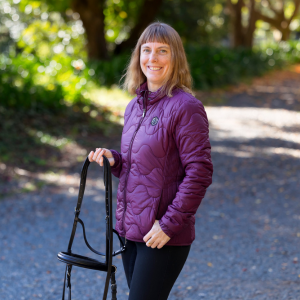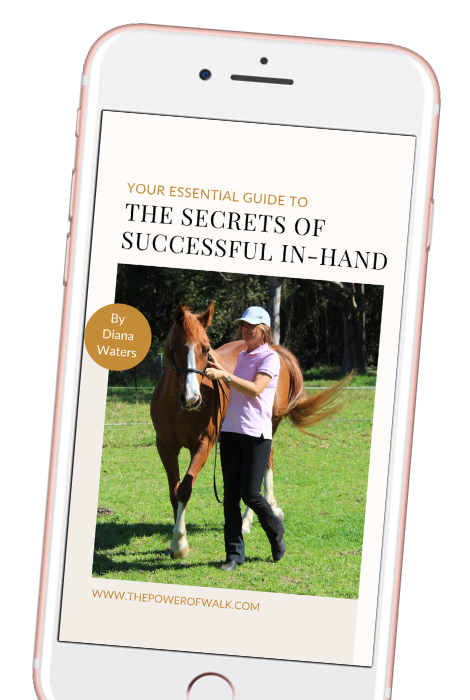
A relationship based approach to working with a horse who wants to eat grass
One of the biggest challenges I face in relationship based work is the issue of working in a grass arena with a horse who is not allowed much grass due to laminitis risk.He has a genuine and legitimate craving for grass and I am expecting him to walk over it without eating it, which is a big ask!He is telling me that he wants to eat it - needs to eat it - and I am not allowing him to, which is tricky in a situation where I am trying to always listen to the horse and respond to their needs.Addressing this big issue is complex and I divided it into three smaller issues.1. Meeting the horse’s needs to the best of my ability in terms of his cravings.2. Examination of the ethics of the situation and exploration of my own perception of a fair solution.3. Setting boundaries as kindly as possible in a way that still acknowledges his communications to me of his needsI begin by giving him a haynet before work, and allowing him to graze for 5 minutes in the arena at the start of every session so that his physical needs are addressed as much as possible.Given that his motivation to eat the grass is very high and if he pulls down to eat, a mouthful of grass rewards the pull every time, I did initially need to physically stop him from eating the grass. The kindest way to do this was to teach him a command for not eating so that I no longer needed to physically pull him up. In order to teach this, I did need to block him from pulling down at the initial stages, giving the voice aid “wait”. As soon as he stopped trying to pull down for a second, I released the contact and gave the voice aid “eat” and allowed him to graze. After eight mouthfuls, I gave the voice aid “walk on” and used whip touch and a smooth pull on the rope when necessary, followed by a piece of carrot. I then repeated. Eventually, he did not try and snatch down for the grass as he realised that waiting allowed him to get the grass, not pulling. This is kinder for him, as well as me!Unfortunately I haven’t discovered a way of doing this initial training that doesn’t involve a certain amount of force (enough to match the pressure that he pulls down with). I am OK with this because the long term benefits are important: exercise is vital in the prevention of laminitis.Free shaping through clicker training could be used to bring the head up and keep it up, but only if the treat was higher value than the grass, and nothing is higher value than grass for this horse.So now, we go down to the arena. He hurries down enthusiastically because he knows he will be allowed to graze. When we get there, we practice “wait” and he waits patiently while I take off his halter and say “eat”. I give him about 5 minutes.I put the reins over his head and say “head up”. When he lifts his head, I give him lots and lots of carrots and fuss, and put on his bridle. From this moment, he knows that no more grass is allowed. He usually does not try to eat, but occasionally he does, which is usually a sign I have lost focus or made the work too hard/boring. Generally, the work is engaging and motivating enough that he is able to forget about the grass.This only works because I have figured out a routine in my head which I believe is fair and meeting his needs and cravings as best as I possibly can. So I feel confident. Feeling sorry for him would not help because he would just experience this as uncertainty and lack of safety. That’s why I needed to put a lot of thought into what I believed was fair so that I could behave with conviction, confidence and congruence.If he does pull down, then I block with the reins.. pulling down is against the rules. I do also make a mental note that I need to do better at keeping him engaged and interested, but I don’t allow this to weaken the boundary. If I didn’t have this boundary, it would be more frustrating for him, as he wouldn’t know where he stood, and his mind would be a bit on the grass all the time which would make him more anxious.For the most part, we enjoy schooling in the grass arena, uninterrupted by snatching. We can usually walk on a long rein without him thinking about the grass. He does usually express his disapproval at the start when I first ask him to come up from the grass: I acknowledge this, and soften the transition with lots of scratches and carrots, and then move on.



